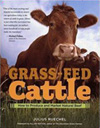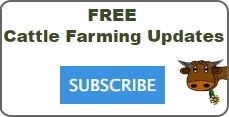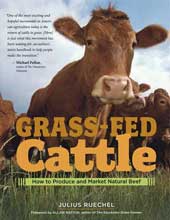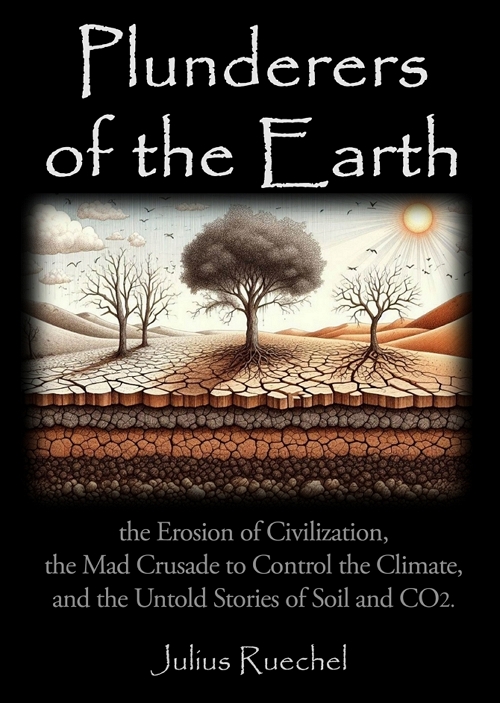Rotational Grazing Strategies Quiz
Test your rotational grazing knowledge by taking the Grazing Strategies Quiz. Select the radio buttons with the best answers. Once selected, answers cannot be changed; but you can reload the quiz at any time to start over.
Click on the "show/hide Hint" link below each question for additional clues to help you answer each question. Or, click on the images to read related articles to help you with the questions. Your score will be calculated automatically when you click on the 'Final Results' button at the bottom of the quiz.
Have fun and come back as often as you like to retest your grazing skills.
To read more articles about rotational grazing strategies:
Or, are you ready to explore another grass-fed topic?
(Disclosure: I get commissions for purchases made using Amazon links in my post.) And when you're ready to start planning your cattle farm, check out my book: Grass-Fed Cattle: How to Produce and Market Natural Beef. Use the links below to explore my book and read reviews on Amazon: 
|



